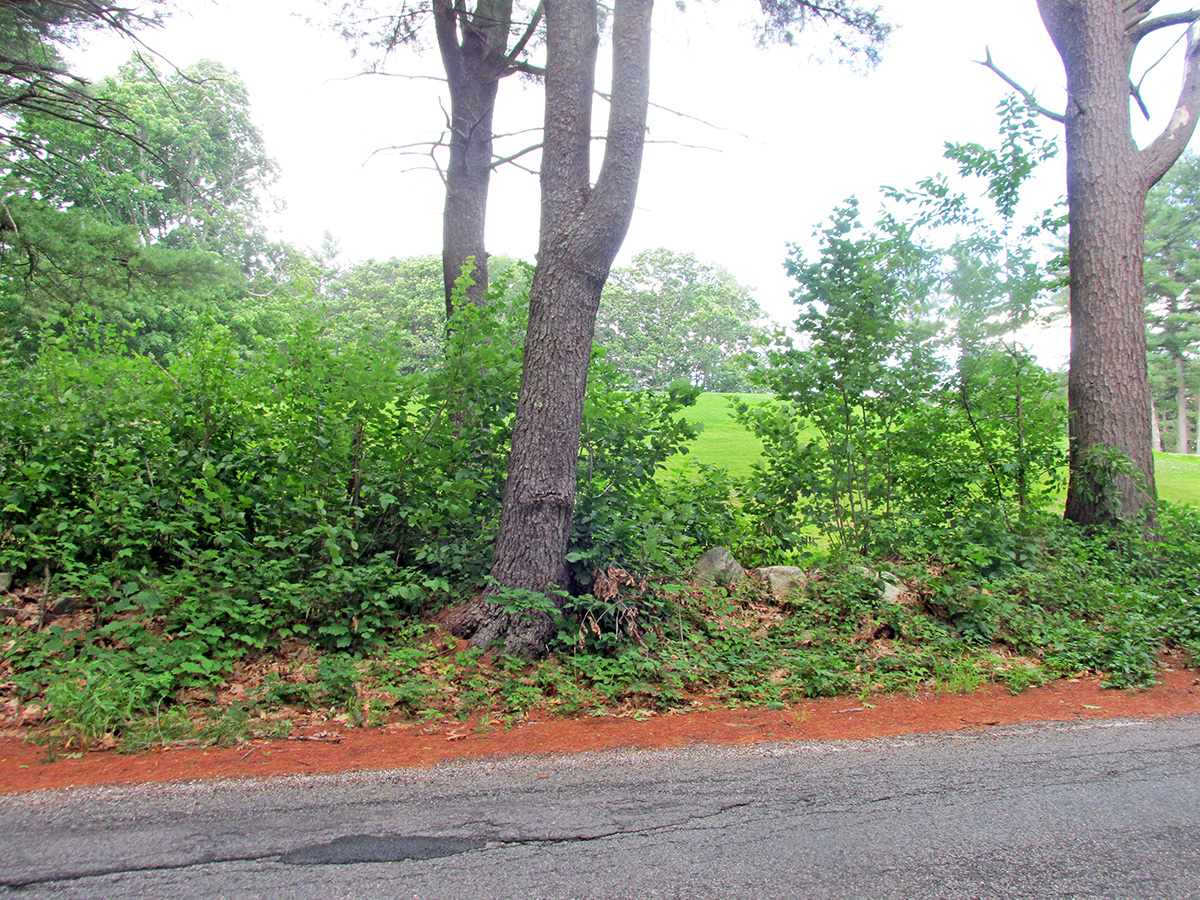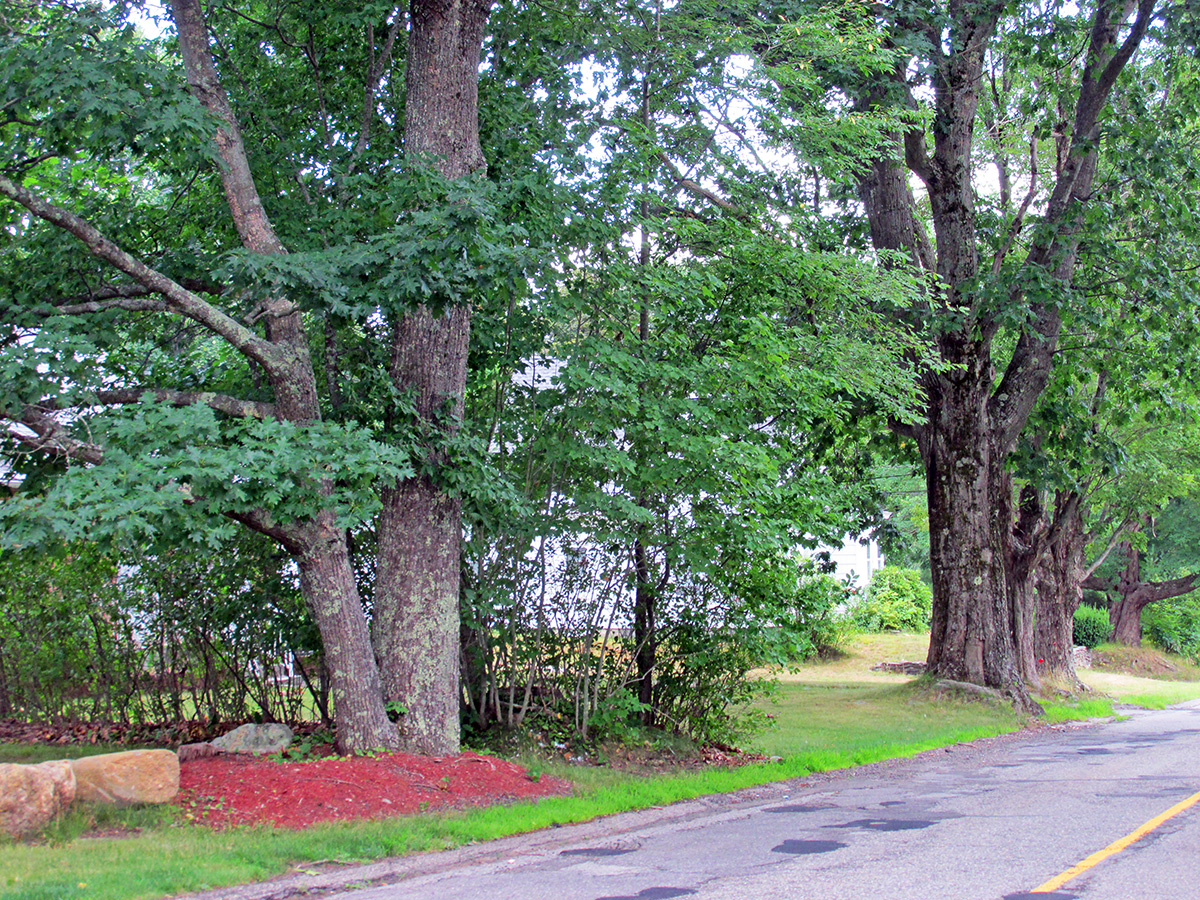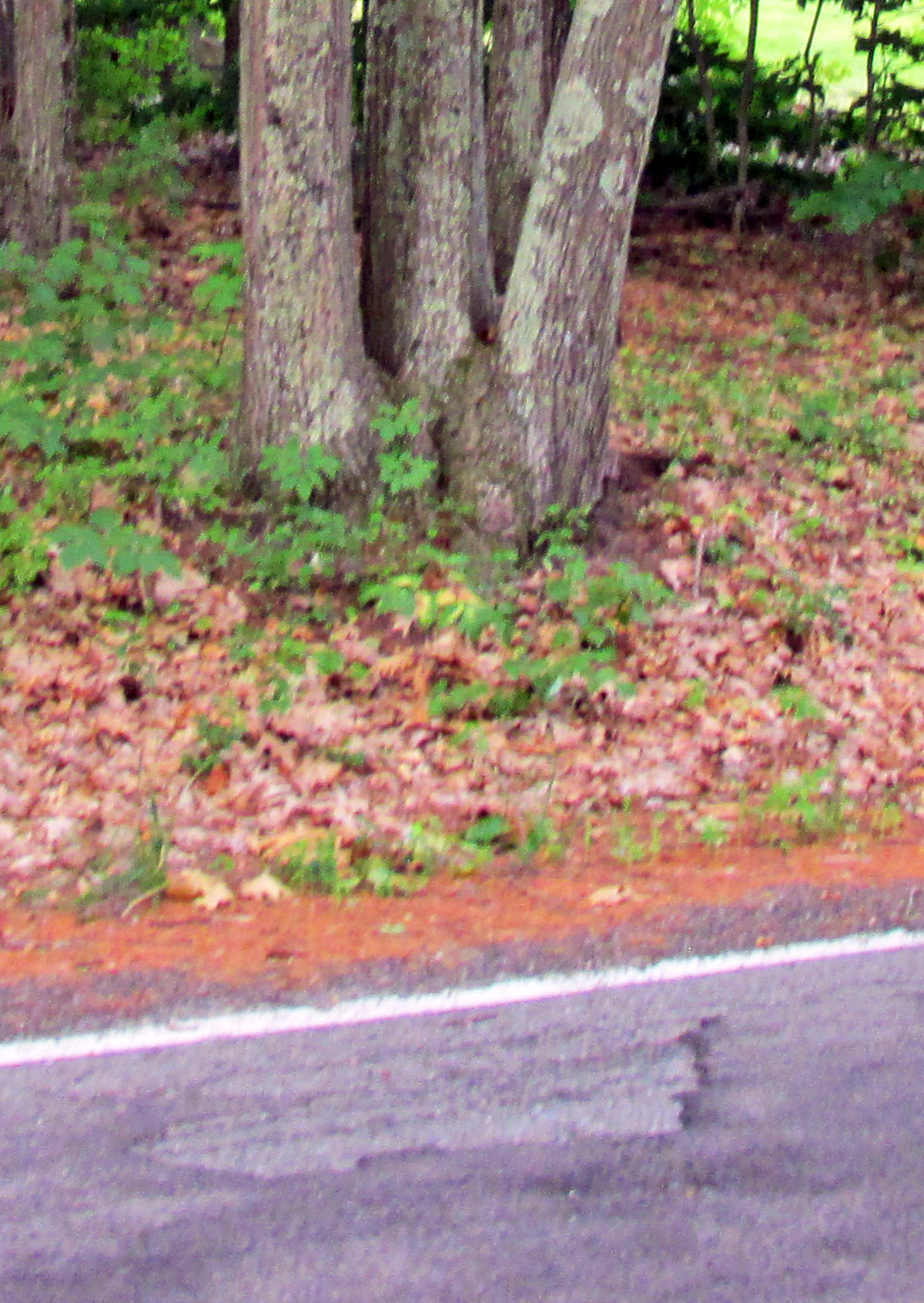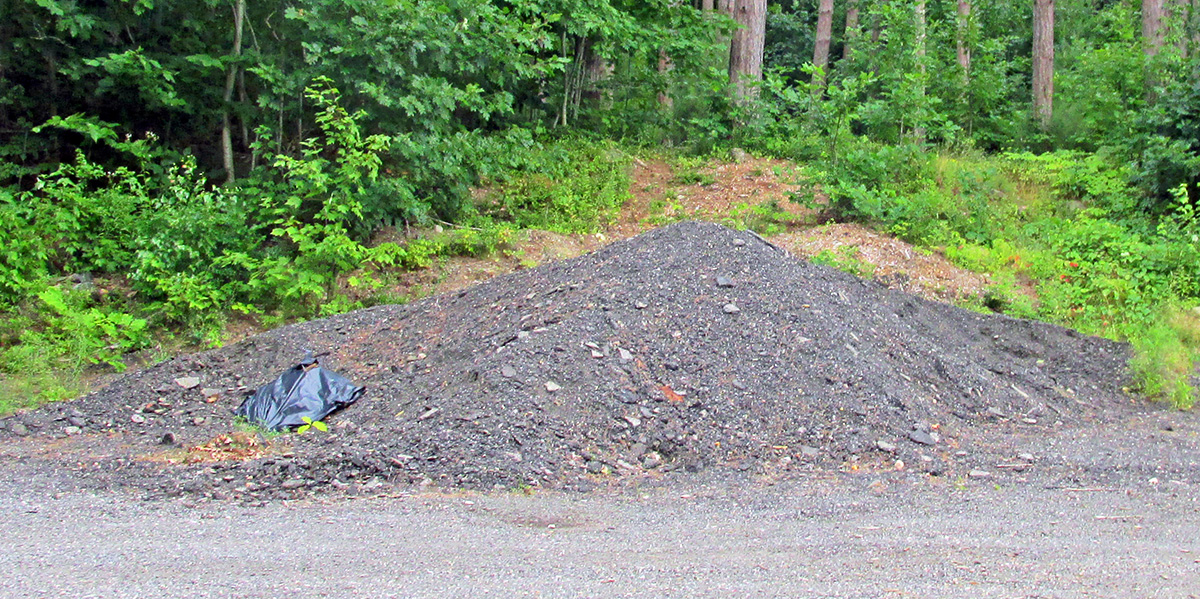




Eating Eaton: The Challenge of Paving – Battling Stubborn Trees in Gardner MA
Sometimes when trees put down their roots, they’re not ready to leave without a fight. Such is the case on Eaton Street in Gardner. The street near the Gardner Municipal Golf Course was paved 5 years ago, but according to Mayor Nicholson, “right now it looks like the surface of the moon.” Stubborn tree roots near the road push up the pavement causing potholes. However, these trouble-making trees are still taking in carbon dioxide and producing oxygen for us to breathe.
Mayor Nicholson says they’ve actually had the pothole issue studied, “…we had an environmental consultant come out and the number of trees that line that street, the way that the roots have grown, has pushed the soil out of the way, that have artificially created potholes there, brings the pothole situation that we have there. So I could go back and have them pave that road again this year, but then in two year’s time we’re going have the same situation , because the roots are still there. So we have to come up with a longer plan solution there. “
Paving in Gardner – Interview with Mayor Michael Nicholson.
Gardner Magazine Publisher Werner Poegel asked Mayor Nicholson on 7-6-22 about paving in Gardner:
Poegel: One of the complaints that residents constantly come out with is about paving. And of course, that’s been a challenge with the budget. It’s been a challenge getting the product. How many miles of roads does Gardner have, and realistically, how many miles of roads can Gardner pave every year?
Nicholson: We have 101 miles of roads and we can probably do, if we’re lucky ,3 ½ miles per year, because it does cost us about a million dollars per mile to pave. And that covers all the costs of police detail, that’s the trucks, equipment, and labor, to put the pavement down, pull the old pavement up, haulaway costs, the cost of asphalt. It costs about a million dollars per mile. We can probably do about 3 ½ miles a year, of that 101 miles that we have.
Paving It All More Than a Year’s Budget
Poegel: So the total City Budget is what $74 million? Nicholson: Yes. Poegel: So you’re telling me that you’d have to spend the equivalent of more than a year’s city budget to do all the roads, like instantly. Nicholson: Yup. Poegel: You’d have to more than double everybody’s taxes to do all the roads all at once. Nicholson: That’s 100 percent true. Poegel: So, obviously, you can’t do that. Nicholson: Yeah, that’s it. Would we love to have all the roads done in one year, it would be a great two year project. In the year, everyone would be complaining about the traffic detours that come from it. But, we’d like to get all the roads done, it’s just cost prohibitive. We do what we can, every year since 2012, Gardner has received $600,000 from Chapter 90 State funding for road surfacing. Well, $600,000 in 2012 is probably half the purchasing price of what it is in 2022. But, we’ve received the same flat line amount every year for that decade. Poegel: So that’s basically a half a mile. Nicholson: It is, it is. And so we’ve lost that purchasing power, while our costs have just continued to go up. We do what we can with what we can. I was happy to see Governor Baker put in the winter recovery funding this year which added an additional $313,000 to what we’re able to do, but we will never be able to fully catch up to what we need to.
Photos at left show the challenge of having mature trees near a road with a root structure extending underneath.
How Roads Get Prioritized
Poegel: So how does it work. Obviously you interact with the DPW. How do roads get prioritized? Is there some sort of system in place? Nicholson: There is. It’s a formula that the DPW Director and the City Engineer go through, it’s based off of the number of houses on a street, average number of cars that drive over that road, that’s why we have those ticker lines that we count those, the number of cars that go over a road, and the length of the road itself as well. So all of those are compiled into priority lists that we have. I receive an updated version from the DPW and City Engineer’s office every July, around July 15th. When we get that this year, I can certainly send that to you. … The number of businesses on a street, the number of houses on a street, the number of cars that travel that street, and then the length in miles of that street. So those are the different factors in the formula that determine the priority list the we have. And then, the final factor of that is: when was the last time that we paved that road? “ Gardner Magazine will publish the Gardner MA Paving Priority List as soon as it is released.
The Cost of Paving
Curious about the cost of paving various types of roads and highways? The U.S. Department of Transportation has a dedicated page. CLICK HERE.
.
